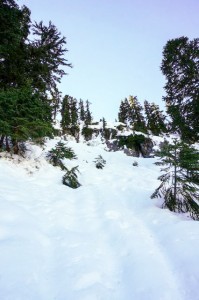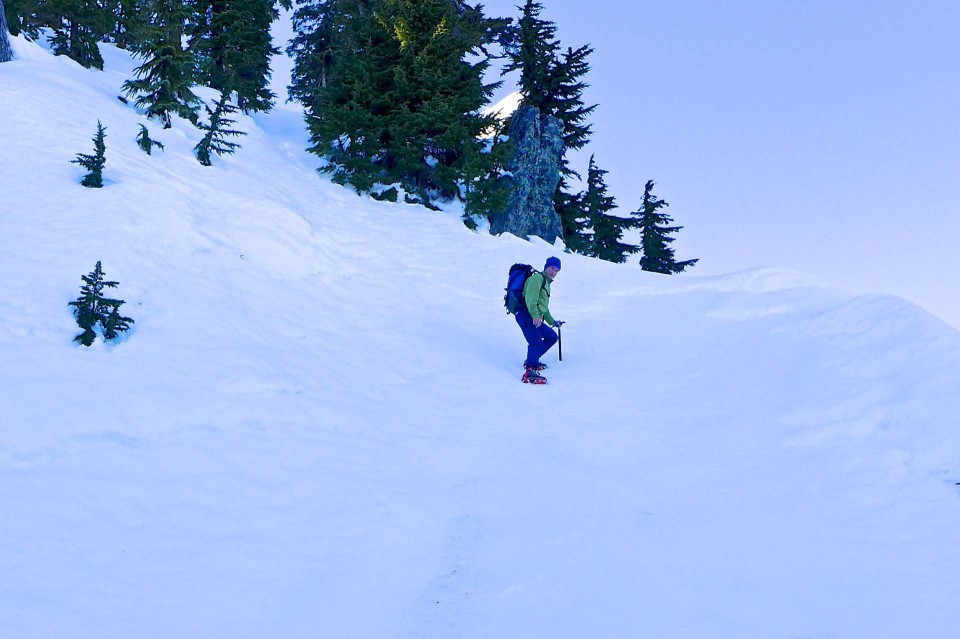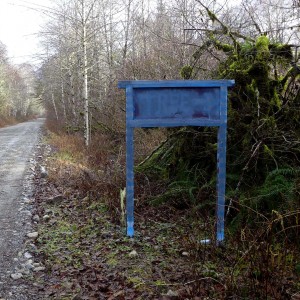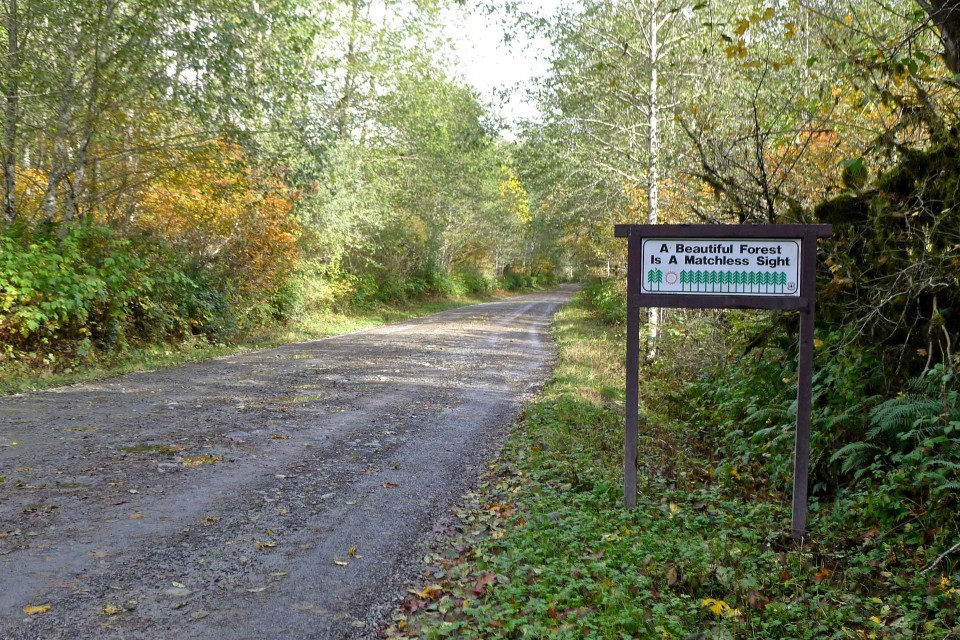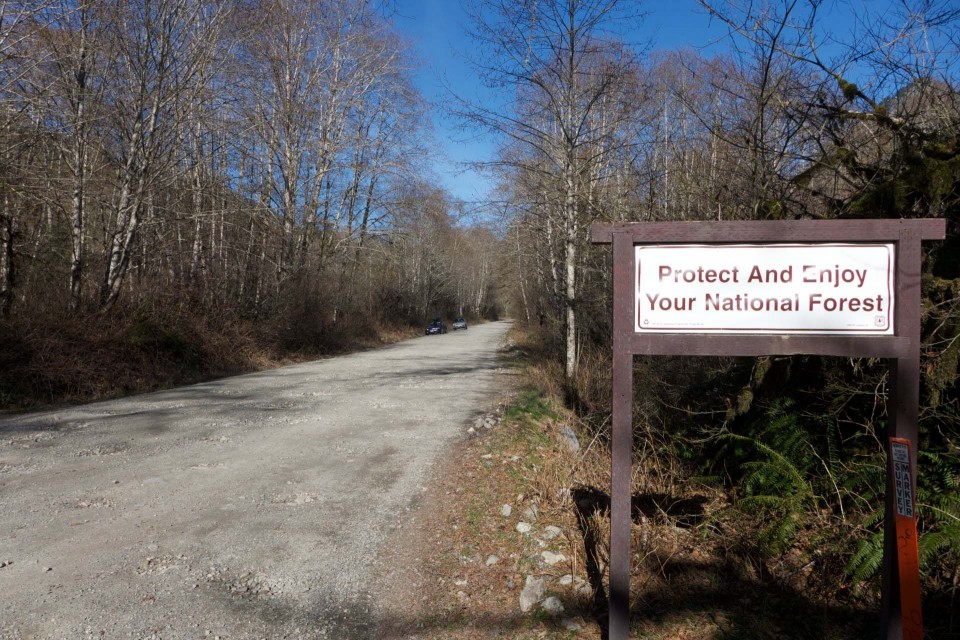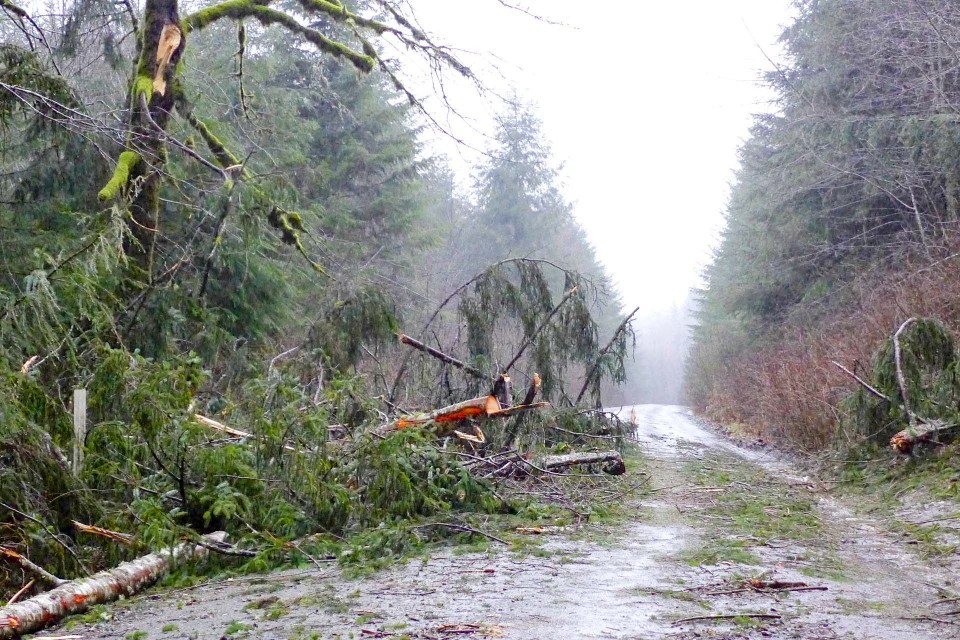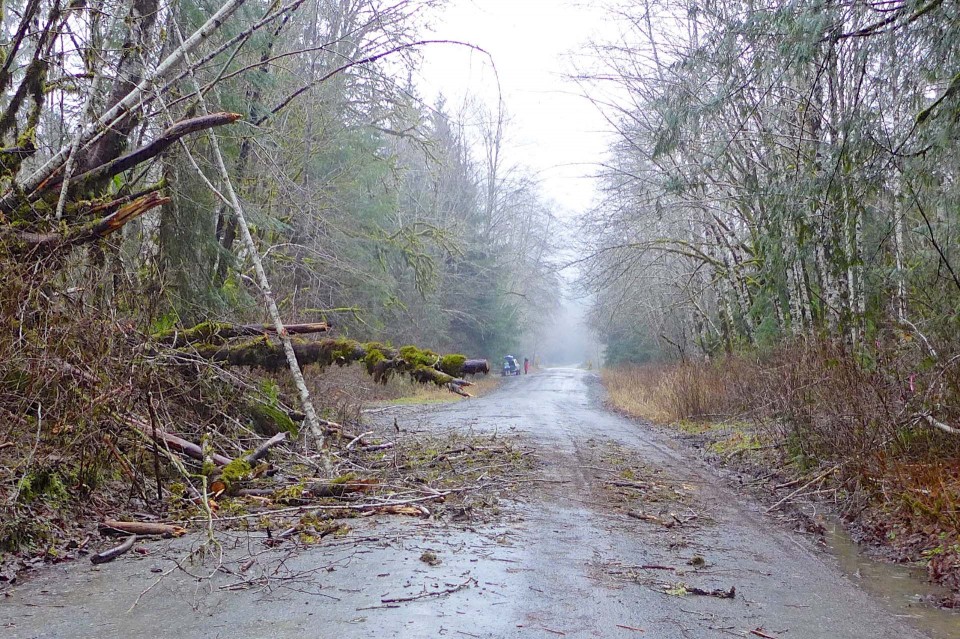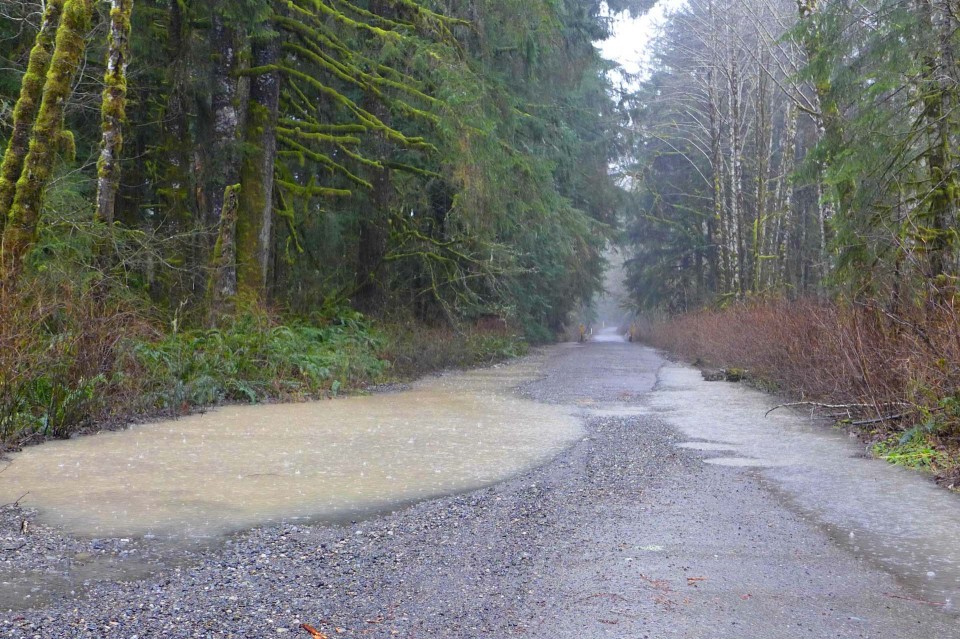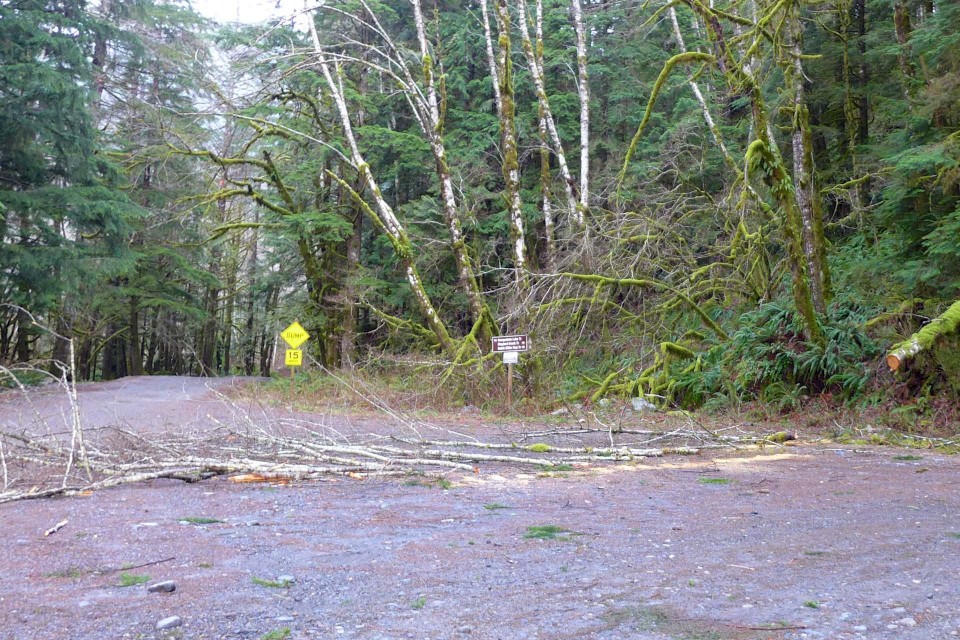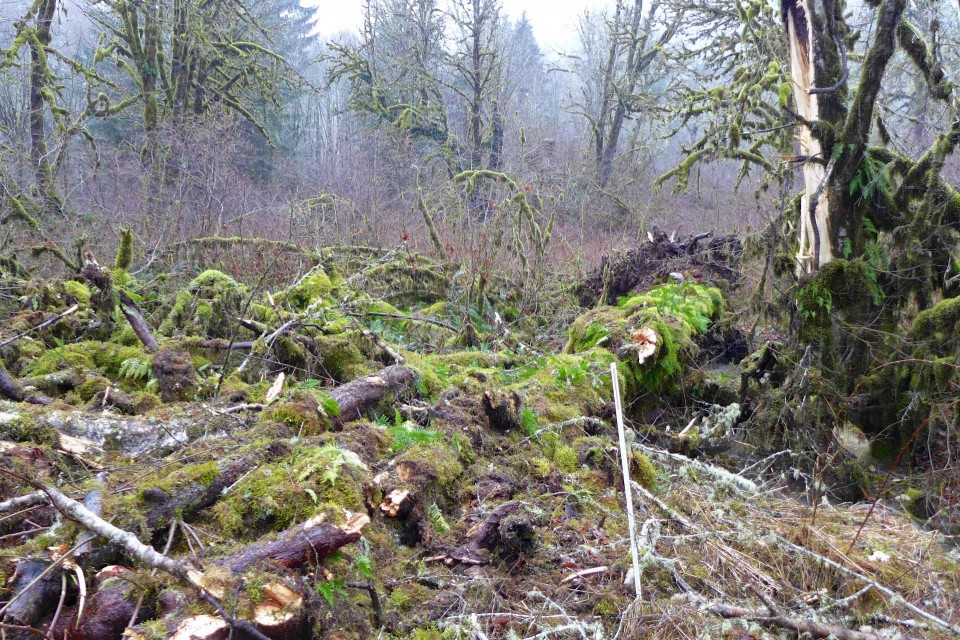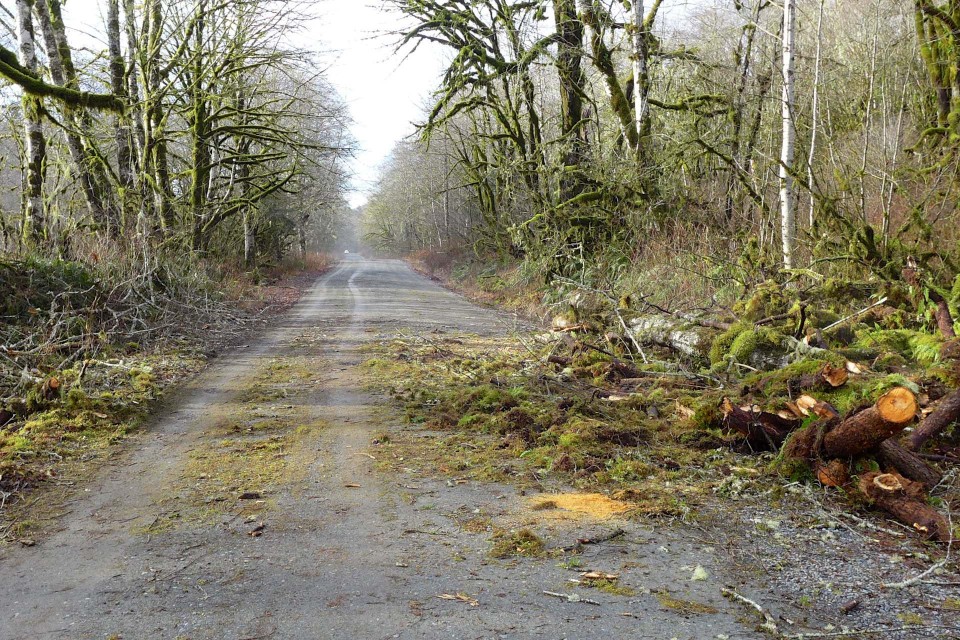Hikers, climbers and skiers in the Snoqualmie Pass area reported the development of a hard icy crust at relatively low elevations. On anything except nearly level ground crampons were necessary for safe travel. The Northwest Avalanche Center issued an unusual non-avalanche hazard alert 3 days before this incident. The party was aware of these conditions and had all the necessary gear along. It underscores how unusual these conditions were where what would normally be a minor slip turned into an uncontrolled fall.
Related coverage
- 2014/01/18
 Snoqualmie Pass area ice crust alert
Snoqualmie Pass area ice crust alert - 2014/01/25
 Skier injured after fall from cliff at Snow Lake
Skier injured after fall from cliff at Snow Lake - 2014/01/26
 Saturday heli-evac from Snow Lake
Saturday heli-evac from Snow Lake - 2014/01/26
 Back Country Skier Falls off 400 Foot Ice Cliff Near Snow Lake
Back Country Skier Falls off 400 Foot Ice Cliff Near Snow Lake - 2014/01/27
 Mountains Prove Treacherous over Weekend: Snoqualmie Woman Dies, Two Men Injured
Mountains Prove Treacherous over Weekend: Snoqualmie Woman Dies, Two Men Injured - 2014/02/01 SMR – February 2014 newsletter with an account of this incident
